From the April 2024 issue of Apollo. Preview and subscribe here.
I’m in Paris, watching as a parade of Orientalist paintings appear, move then vanish from the walls of what was once a steel foundry. There are shisha smokers, belly dancers, and noble-looking men riding camels or battling lions – or, in the case of The Lion Hunt (1836) by Horace Vernet, doing both at once. This is ‘The Orientalists: Ingres, Delacroix, Gérôme’, the latest exhibition at Atelier des Lumières, a ‘digital art centre’ in the 11th arrondissement. On the floor are enormous projections of patterned rugs, while on the walls the paintings are surrounded by decorations. These are based on mashrabiya, the wooden latticework common in Arabic vernacular architecture, or on calligraphic metalwork, or on Iznik pottery. The designs turn like fast-moving cogs around the paintings as they come and go. Images that embody 19th-century European fantasies of harem life float through the space, while ‘It’s a Man’s Man’s Man’s World’ by James Brown plays.
Anyone passing through a major city in recent years is certain to have encountered signs of this phenomenon. Bus stops, billboards and underground stations advertise ‘immersive art’ exhibits that range from glorified ball pits (the Balloon Museum, London) to projections of paintings by Van Gogh (pick your city). Their offerings are aimed at a general audience and are a particular favourite of young families and those after an eye-catching selfie backdrop. What happens to our engagement with a painting when it is experienced in this way? How does being enlarged, made to move and given a soundtrack affect the way we see a work?
At the Atelier des Lumières, the best-known painting is undoubtedly the Grande Odalisque (1814) by Ingres. The differences between seeing the projection and the original are telling. Here, this languorous nude is given the special honour of filling one of the venue’s giant walls, her long, pale flank expanded to the size of a car. As animated curtains draw aside to reveal her nakedness, I find myself awed by the scale of the thing and interested in the reactions of my fellow visitors – yet before I have time to look closer, the show has moved on.
It is a different story in the Louvre, where the painting hangs. Visitors will find Ingres’s famous concubine at the end of a gallery that features work by the artist alongside contemporaries such as David, Géricault and Delacroix. In person, I’m surprised to notice details that had escaped me at scale: the white lump of opium in her pipe, the fine tendrils of smoke uncoiling from the incense burner, the texture of a fur.
I see afresh the anatomical inaccuracy – that overlong spine so vilified by Ingres’ critics – and the stoned aloofness in her gaze. Is there a trace of stifled resentment, or is she merely neutral? I visit other rooms where I discover the evolution of the artist’s treatment of the topic. I see another study of a long, smooth back in his earlier The Valpinçon Bather (1808) and feel mildly embarrassed by the soft porn stylings of The Turkish Bath (1862). Back at the Grande Odalisque, I notice the fine crazing across its surface; the actual object is vulnerable. Though perhaps that’s an upside to projection-based art shows: no travel-induced deterioration.
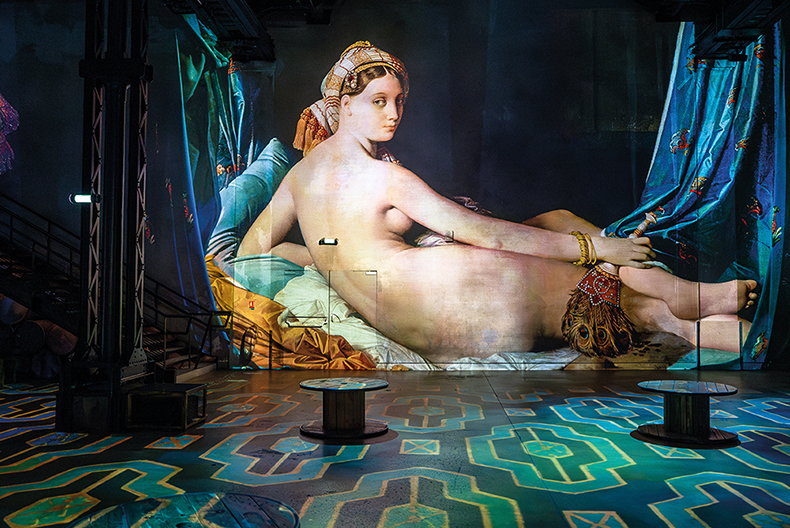
Atelier des Lumières’s display of Grande Odalisque (1814) by Jean-Auguste-Dominique Ingres. © Culturespaces/C. de la Motte Rouge
Right now, immersive options for the more artistically inclined visitor include ‘Leonardo da Vinci – 500 Years of Genius’ in Melbourne; ‘Monet: The Immersive Experience’ in Washington, D.C. and New Orleans; and ‘Van Gogh: The Immersive Experience’ in cities including London, Seoul, Milan, Atlanta and Tulsa. Each of these shows consists of digital animations of paintings projected across walls, ceilings and floors, usually in conjunction with sound, where swelling orchestral scores predominate.
It is unsurprising that Van Gogh appears so often in such settings. Celebrity aside, his roiling brushwork lends itself to animation to a greater degree than, say, Ingres’s far smoother application of paint. Van Gogh’s starry night skies swirl their way most effectively across the warehouse-like spaces that host these shows. There are some obvious advantages to experiencing artworks in this way. Masterpieces unlikely to be loaned to exhibitions touring regional cities can be seen all in one place. It is possible to enjoy (reproductions of) works that are usually inaccessible in private collections. Children appear more engaged than they do by a static work – it’s easy to imagine a visit planting a seed of artistic interest in a young mind.
There are downsides too, of course. The near-ceaseless movement can make close looking difficult; the eye is guided not by independent interest but by the animator’s choices; authorial intent is not respected (if one believes this matters); works are presented for maximum impact, with minimal context. This latter point becomes acute when the source material requires a nuanced understanding.
Even allowing for imperfect translation, the webpage for Atelier des Lumières’s latest show gives a flavour of the muddled art history at play: ‘Delacroix, Gérôme and Ingres, and other major names from European Expressionism, now invite you to embark on a pictorial expedition to the new, exotic and bewitching world of the Orient of our dreams.’ Without any interpretation in the space, everything can be taken at face value. The untutored visitor won’t necessarily know that what we see embodied in here is a Western romanticisation of the Middle East. (Ironically, the painting used on the cover of early editions of Edward Said’s Orientalism, Jean-Léon Gérôme’s The Snake Charmer, 1880, appears in this show.)
The approach to interpretation at immersive art venues does vary. Frameless in Marble Arch, London, is the ‘largest permanent multi-sensory experience in the UK of its kind’, offering a tour through some of the greatest hits of Western art history, organised into loosely thematic displays. The entrance to each is accompanied by a list of works and text panels that provide some useful context. In ‘Colour in Motion’, visitors will find projections of masterpieces by Van Gogh alongside those by Monet, Seurat, Paul Signac, Robert Delaunay and Berthe Morisot. The selection makes sense: their brushstrokes – already separate and definable – can easily be separated further. In the case of Seurat, the pioneer of Pointillism, each dot of paint was pixel-like already. Such brushwork lends itself to animated motion of various kinds. Here, Monet’s water lilies are broken down into individual strokes that lie in drifts on the floor. As you walk through, these respond by scattering in your path before floating up the walls and resolving themselves into a recognisable image.
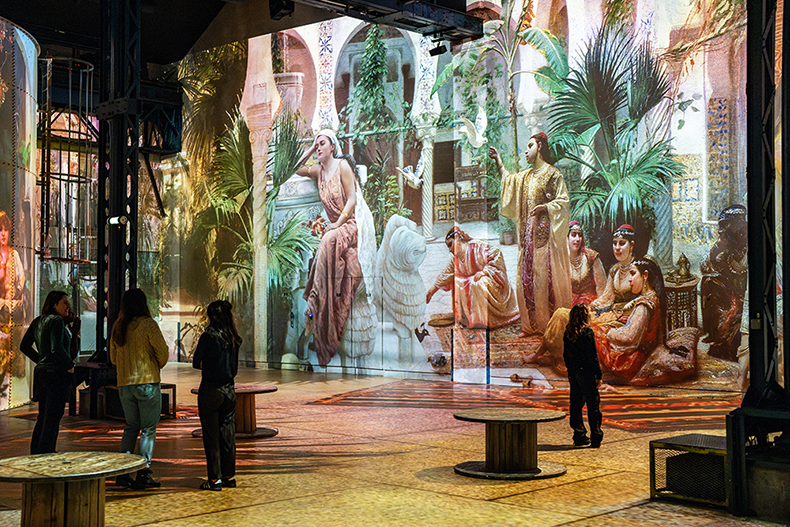
Interior view of Atelier des Lumières, Paris. © Culturespaces/C. de la Motte Rouge
It’s at Frameless that I notice one important upside to this gargantuan mode of display. The central panel of The Garden of Earthly Delights (1490–1510) by Hieronymus Bosch is only 185.8.cm high. Anyone who has visited the triptych in the Prado in Madrid will attest to the difficulty of taking in this complex work in person. With highly detailed work such as this, a huge increase in scale is helpful. The least successful display at Frameless is that with least incident in its source material. In ‘The Art of Abstraction’, paintings by the likes of Mondrian and Malevich are projected on to zig-zagging screens, taking on the appearance of so many room dividers.
Instead of relying solely on centuries-old paintings, immersive arts businesses are increasingly interested in commissioning contemporary artists. A new venue, Lightroom in London’s King’s Cross, opened in February 2023 with ‘David Hockney: Bigger & Closer (not smaller & further away)’. This 50-minute, 360-degree film shows Hockney drawing alongside a selection of his work, from 1960s paintings to iPad experiments of the 2010s. These are accompanied by narration from the artist and a soundtrack by composer Nico Muhly.
‘Immersive shows were all doing something to an artist, not with an artist,’ Lightroom’s CEO Richard Slaney tells me. He does not see what the company does as comparable with what is offered by Frameless and the like, though he describes the latter as ‘great fun’. Instead, he says, ‘Lightroom is all about the engagement of the artist in the process, and the soundtrack becoming a meaningful part of the art.’ The resulting spectacle was loved by audiences – it returns from 9 June – yet less popular with critics. The Guardian’s review was headlined ‘An overwhelming blast of passionless kitsch’.
Outernet, an immersive space in the West End of London, made the news in January when it reported visitor figures higher than the British Museum’s: 6.25 million in 2023, its first year of operation, versus 5.83 million. (It’s worth noting that Outernet is free, open on three sides and located by the entrance to Tottenham Court Road tube station. It’s unclear how many people were taking a shortcut.) Passers-by will find wraparound LED screens hosting everything from a child-friendly shower of emojis (no artist named) to Silent Writings, a digital artwork by Barbara Kruger currently on show in partnership with the Serpentine.
Alongside artists such as Kruger and Hockney working primarily in analogue mediums, a new generation of digital artists are also creating immersive works. This includes Refik Anadol, whose solo exhibition ‘Echoes of the Earth: Living Archive’ is currently at the Serpentine North Gallery. Anadol uses AI to create moving image works designed for immersive settings or enormous screens. For the Serpentine, the artist’s AI used tens of thousands of images of nature photography to generate flowers, fungi and birds that belong to no particular species.
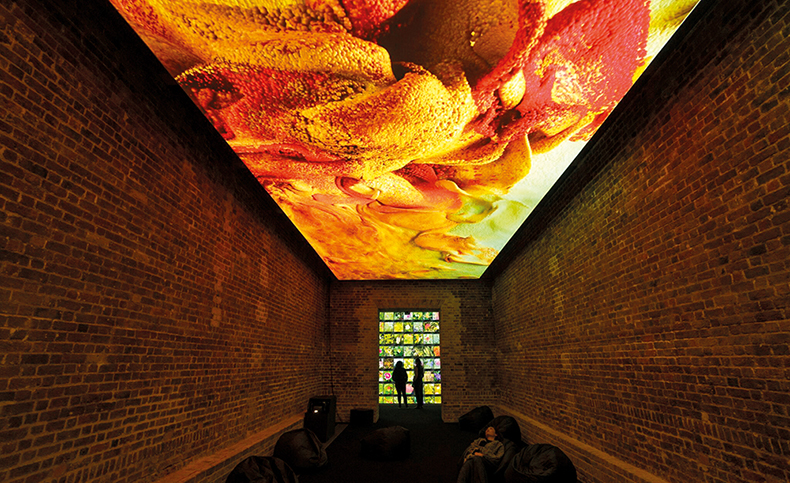
Installation view of ‘Echoes of the Earth: Living Archive’ (2024) by Refik Anadol at the Serpentine Gallery, London. Photo: Hugo Glendinning; courtesy Rejik Anadol Studio and Serpentine Gallery; © the artist
For all the differences between Anadol’s work and Hockney’s experiment with immersive art, both have been criticised for prioritising spectacle over substance. Anadol and New York Magazine’s senior art critic Jerry Saltz had an online spat over Unsupervised (2023), a seven-metre-square abstract work then on show at MoMA, which Saltz called a ‘massive techno lava lamp’ and ‘a half-million-dollar screensaver’. Kay Watson, head of arts technologies at the Serpentine, tells me: ‘It’s taking a very long time for technologically based practices to be accepted by the mainstream art world.’ Watson is keen to stress that the growing field of projection or screen-based immersive art is only the beginning.
Arguably, it was ever thus. Immersive art can be traced back at least as far as a form of painting invented in 1787 by the Irish artist Robert Barker, who coined the term ‘panorama’. Barker patented a system whereby huge works painted on the interior of a cylindrical ground could be viewed from an inner platform. Much like today’s spectacles, his panoramas existed in a hinterland between ‘good’ and ‘bad’ taste. Our desire to be immersed in an experience has never gone away.
Atelier des Lumières, Outernet and Lightroom are among the hundreds of such businesses to have opened in the past five years. Entrance fees for adults usually range between £15 and £30: equal to or greater than the ticket price for an exhibition of physical objects, yet without the costs associated with more conventional exhibitions (art shipping, insurance, loans, conservation, etc.). In January, Arts Council England announced a three-year, UK-wide ‘Immersive Arts’ programme. The £6 million budget is intended to support 200 artists and organisations to develop virtual, augmented and mixed-reality technologies. In an accompanying statement, Saqib Bhatti, minister for tech and the digital economy, said: ‘Extended reality brings about artistic innovation and a list of economic benefits that goes on and on and on.’ Like it or not, immersive art – in many and varied forms – is here to stay.
From the April 2024 issue of Apollo. Preview and subscribe here.
Unlimited access from just $16 every 3 months
Subscribe to get unlimited and exclusive access to the top art stories, interviews and exhibition reviews.

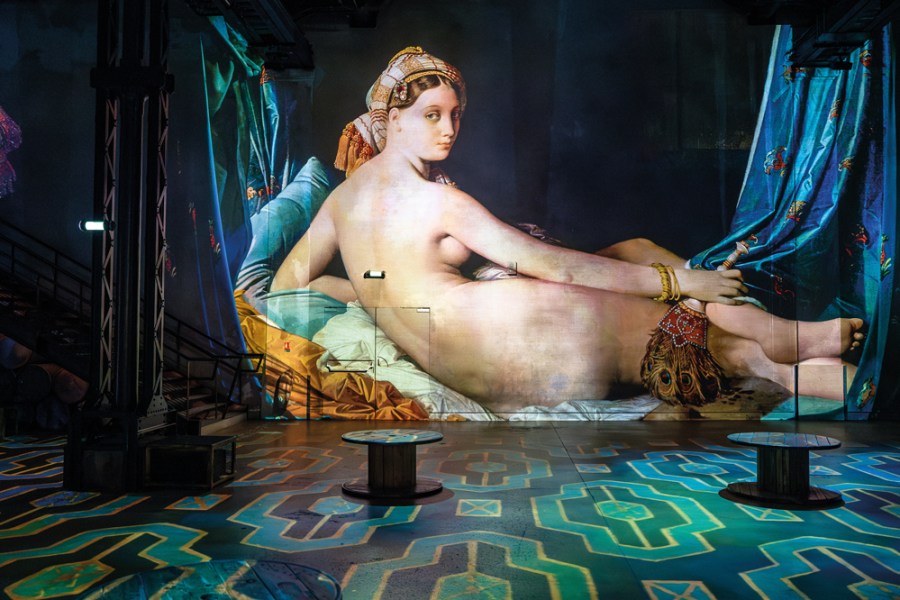

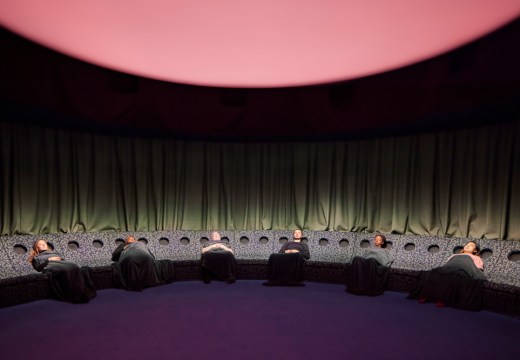
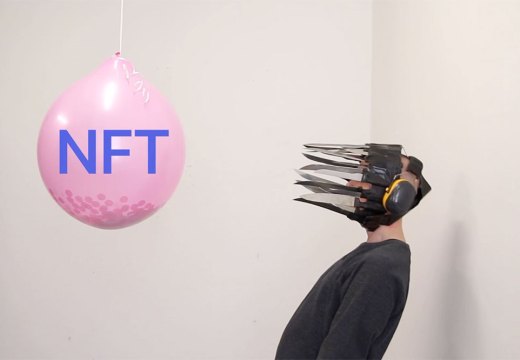









![Masterpiece [Re]discovery 2022. Photo: Ben Fisher Photography, courtesy of Masterpiece London](http://www.apollo-magazine.com/wp-content/uploads/2022/07/MPL2022_4263.jpg)
Has the Fitzwilliam lost the hang of things?